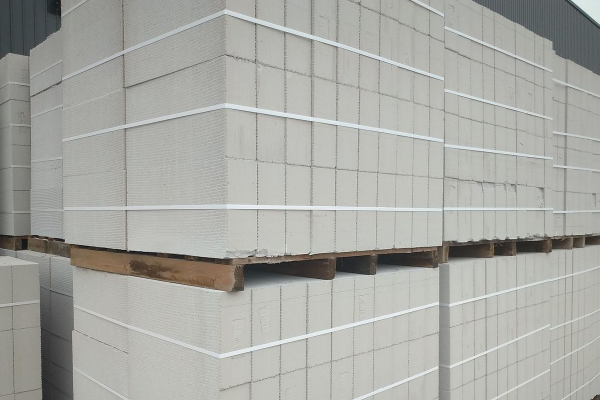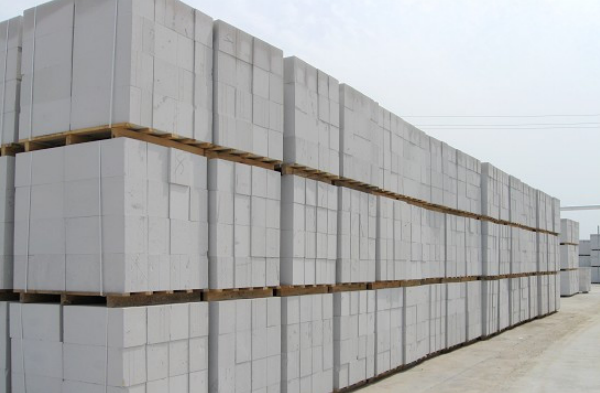Aerated concrete is based on siliceous materials (sand, fly ash, and silica-containing tailings, etc.) and calcareous materials (lime, cement) as the main raw materials, mixed with aerating agent (aluminum powder), and through batching, mixing and pouring , Pre-curing, cutting, autoclave, curing and other processes made of light porous silicate products.
Non-load-bearing blocks are the most widely produced and used. The bulk density is generally 500 kg/m3 and 600 kg/m3. They are mainly used in infill walls and partitions in the structure without bearing the load; the bulk density of load-bearing blocks is 700 kg /m3 and 800 kg/m3, bear the load after special structure treatment in the building; the bulk density of the thermal insulation block is generally 300 kg/m3 and 400 kg/m3, mainly used for building thermal insulation; roof panels and wall panels They are all reinforced aerated concrete slabs, and their reinforcement is different according to different uses. What are the main applications of aerated concrete products?

1、High-rise frame building
Years of practice proved. The application of aerated concrete in high-rise frame buildings is economical and reasonable, especially the use of blocks to build internal and external walls, which has generally been recognized by the society.
2、Buildings in earthquake-resistant areas
Due to the light weight of the aerated concrete, the seismic force of the building is small, which is advantageous for earthquake resistance. Compared with the brick-concrete building, the same building, under the same earthquake conditions, the degree of earthquake damage is different by the earthquake design fortification level, such as the brick-concrete building When the fortification reaches 7 degrees, it will be destroyed, while the aerated concrete building will not be destroyed when the fortification reaches 6 degrees. During the Haicheng earthquake in 1975, more than 30 porous concrete buildings exhibited minor damage, while the adjacent brick-concrete buildings suffered severe damage. When the Tangshan earthquake in 1976, a five-story aerated concrete load-bearing building in Baijiazhuang, Beijing, The self-weight was only 700kg/m2. At that time, when the earthquake intensity was 6 degrees, no new cracks appeared after the earthquake. However, the lower part of the four-story mixed structure residence at 50m had large oblique cracks.

3、Buildings in severe cold areas
Aerated concrete has good thermal insulation performance. The thermal insulation effect of a 200mm thick wall is equivalent to that of a 490mm thick brick wall, because it has outstanding architectural economic effects in cold regions and is competitive.
4、Soft foundation construction
Under the same foundation conditions, the number of layers of aerated concrete buildings can be increased, which is economically advantageous. The main disadvantages of aerated concrete are large shrinkage, low modulus of elasticity, and fear of freezing damage. Therefore, aerated concrete is not suitable for the following occasions, the temperature is greater than 80 ℃, the environment with acid and alkali hazards; the long-term humid environment, especially in the cold Particular attention should be paid to the region.
























